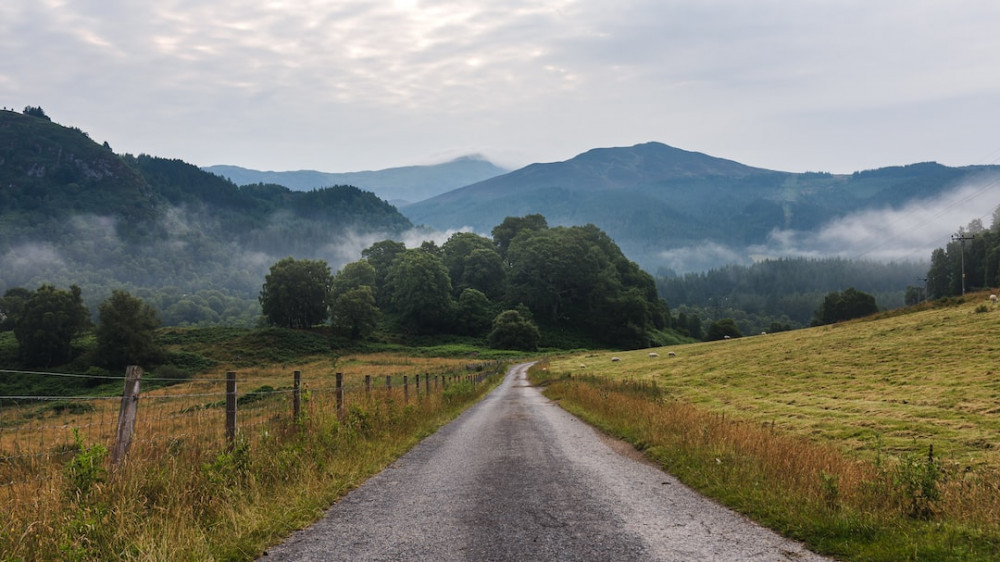
The Enigmatic Scottish Highlands: Unraveling the Mystery of the Monroes
Introduction
Nestled in the rugged northern terrain of Scotland, the Scottish Highlands are a place of mystique and beauty that have captivated the hearts of adventurers, nature enthusiasts, and history buffs for centuries. Among the many intriguing aspects of the Highlands is the origin of the name “Monroes.” In this blog post, we will explore the captivating Scottish Highlands and delve into the historical context behind the surname “Monroe” which has left an indelible mark on this picturesque region.
**The Scottish Highlands: A Land of Mystique and Majesty**
The Scottish Highlands, renowned for their dramatic landscapes, encompass mountain ranges, lochs, glens, and lush moorlands. This mystical land has a rich history dating back thousands of years, with a unique culture and heritage that has endured through the ages.
The Highlands are characterized by their rugged beauty, which includes iconic landmarks such as Ben Nevis, the UK’s highest peak, and Loch Ness, home to the legendary Loch Ness Monster. The region’s dramatic scenery and sense of isolation have been a source of inspiration for poets, artists, and travelers seeking solace in the wilderness.
**The Mystery of the Monroes**
The name “Monroe” has deep historical roots in the Scottish Highlands, specifically in the context of clan history. The Monroes are a Scottish clan with a storied past, and their origins are believed to trace back to the 12th century.
The name “Monroe” is derived from the Scottish Gaelic “Munro,” which means “man from Ro” or “man from the river Ro.” Ro is a region located in the heart of the Highlands, near the present-day town of Dingwall. The Monroes’ ancestral lands were situated along the northern shores of Cromarty Firth.
**The Rise of the Clan Monroe**
The Monroes played a significant role in the turbulent history of the Highlands. They were known for their loyalty to the Scottish Crown, particularly during the Jacobite uprisings of the 17th and 18th centuries. The clan supported the government forces in these conflicts, earning them favor and recognition.
One of the most notable figures in Monroe history is Sir George Munro of Culcairn, who served as a military commander in Sweden and was renowned for his leadership during the Thirty Years’ War. His military prowess contributed to the Monroe clan’s prominence.
**The Legacy of the Monroes**
Today, the Monroes have left an enduring legacy in the Scottish Highlands. Their name is associated with honor, loyalty, and resilience, mirroring the spirit of the Highlands itself. Visitors to the region can explore historical sites, such as Foulis Castle, associated with the clan, and learn more about their fascinating history.
In addition to their historical significance, the Scottish Highlands remain a breathtaking destination for travelers and outdoor enthusiasts. From hiking the scenic trails of the Cairngorms National Park to sailing on the pristine waters of Loch Lomond, the Highlands offer an array of experiences that continue to inspire and enchant all who venture there.
**Conclusion**
The Scottish Highlands, with their majestic landscapes and rich history, hold a unique allure for adventurers and history enthusiasts alike. The Monroes, known for their loyalty and resilience, are just one facet of the captivating tapestry that makes the Highlands a remarkable destination. Whether you are drawn to the natural beauty of the region or its storied past, the Scottish Highlands invite exploration and discovery, promising an unforgettable journey into the heart of Scotland’s enchanting wilderness. We strongly recommend you to visit the Scottish Highlands, but dont think that these will not place demands on you.
The writer had exposure once in the middle of summer in the Scottish hills. You need to be well equipped and prepared for the expedition that you plan to undertake in the Scottish Highlands, The Monroes.

